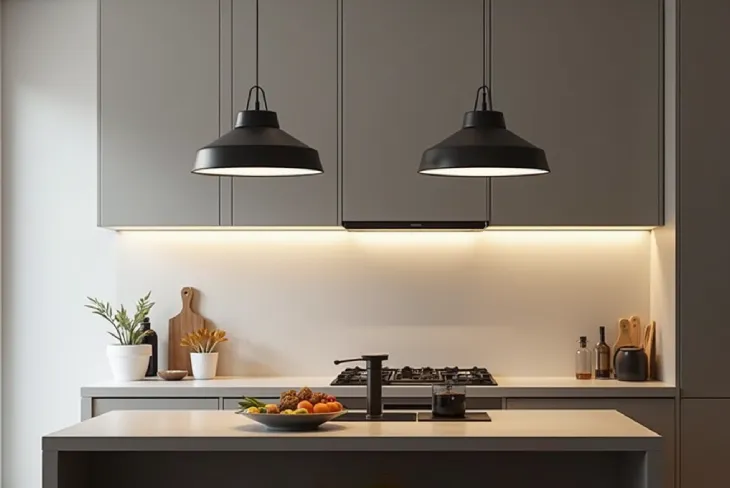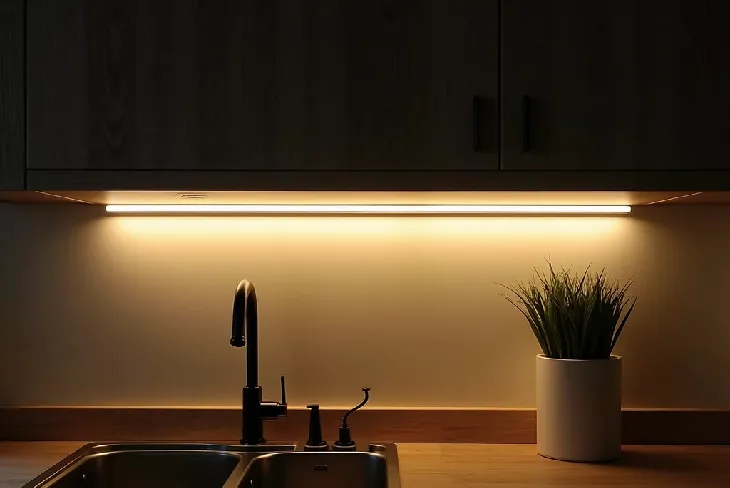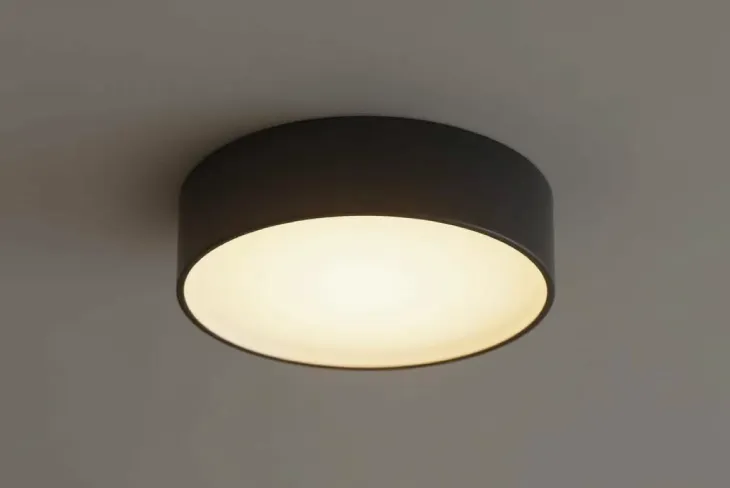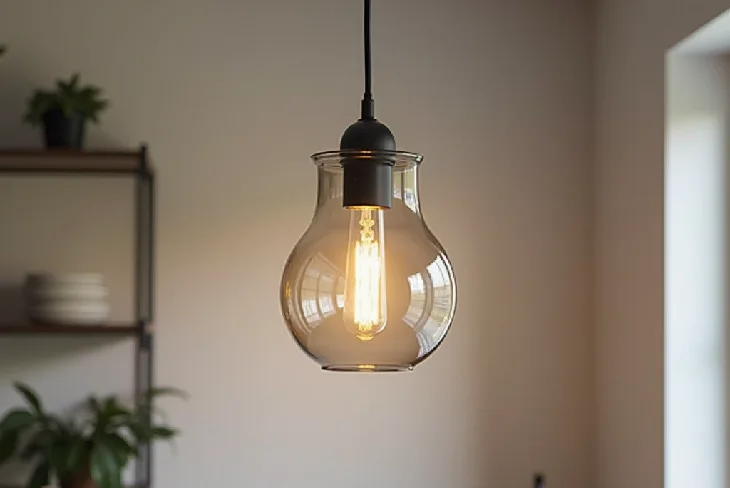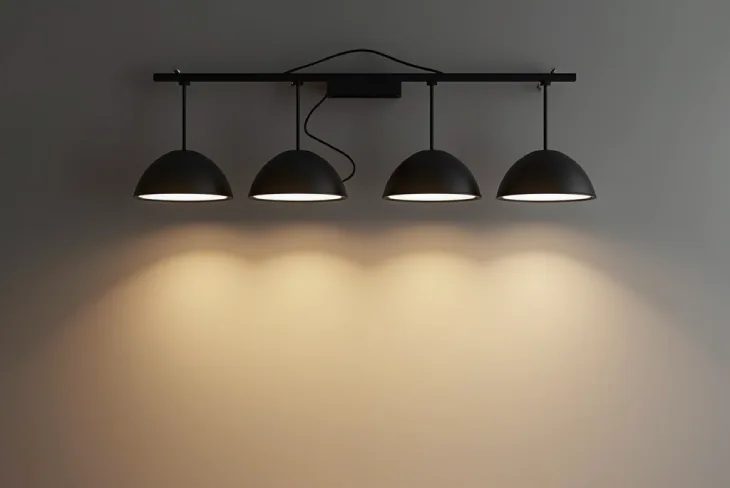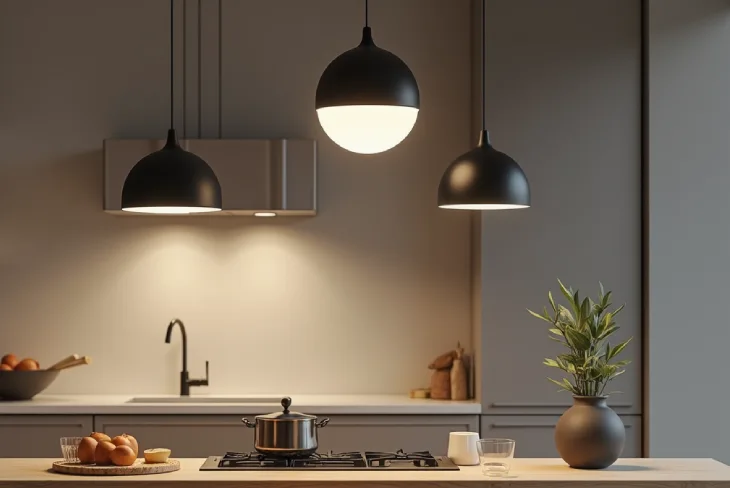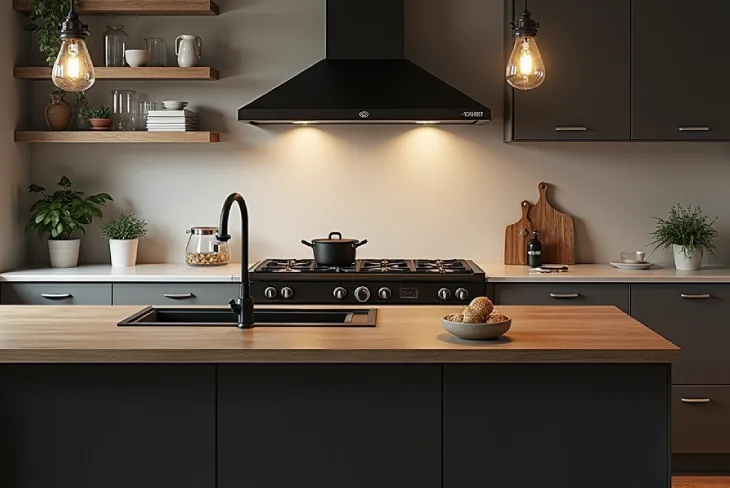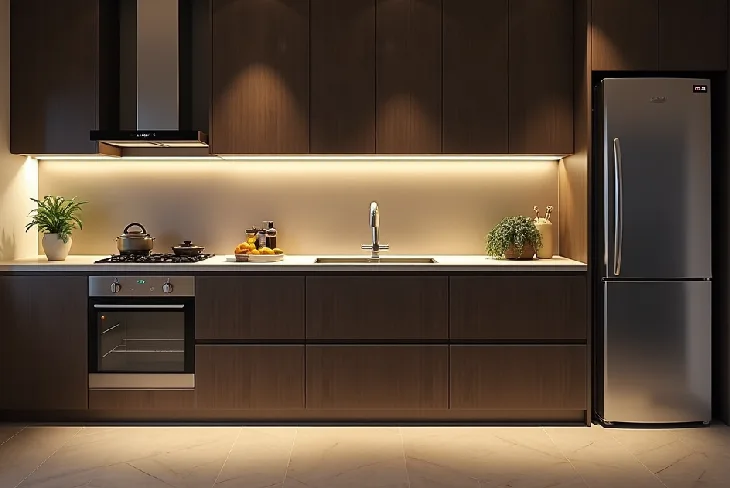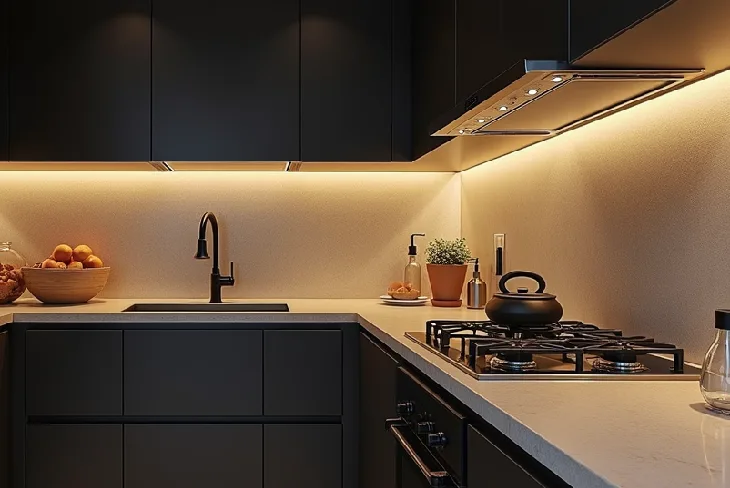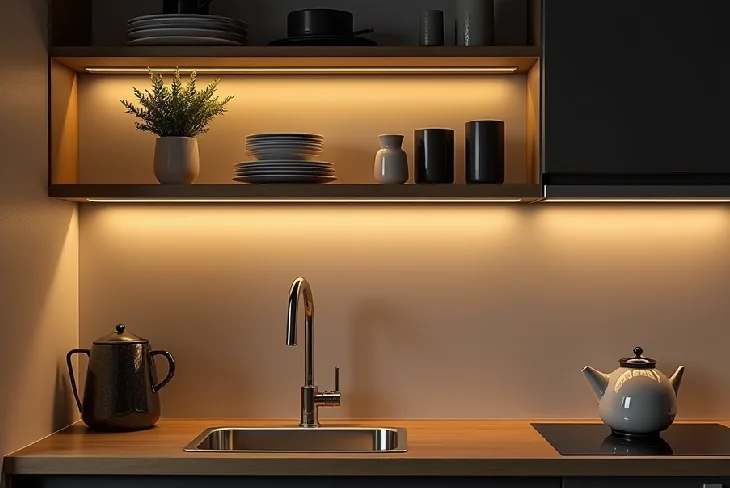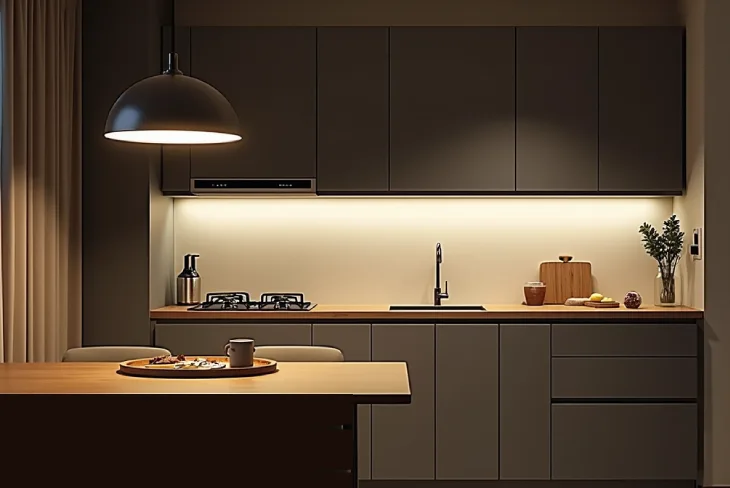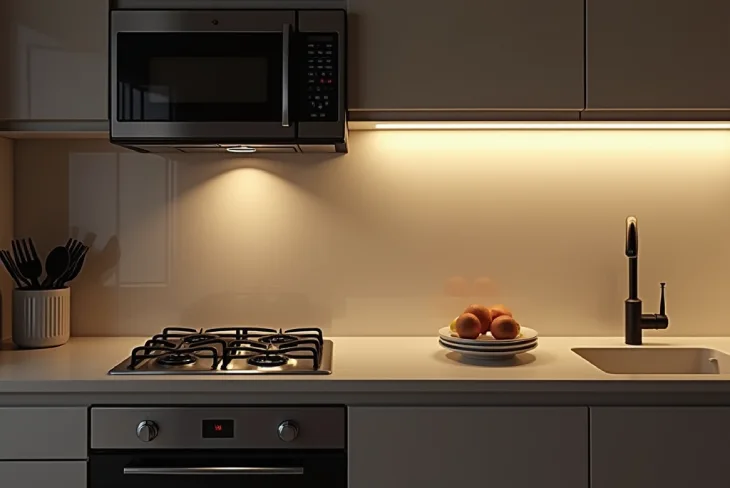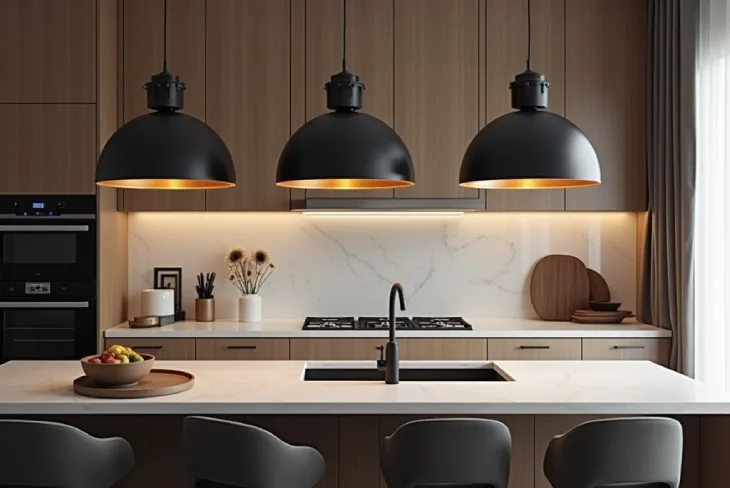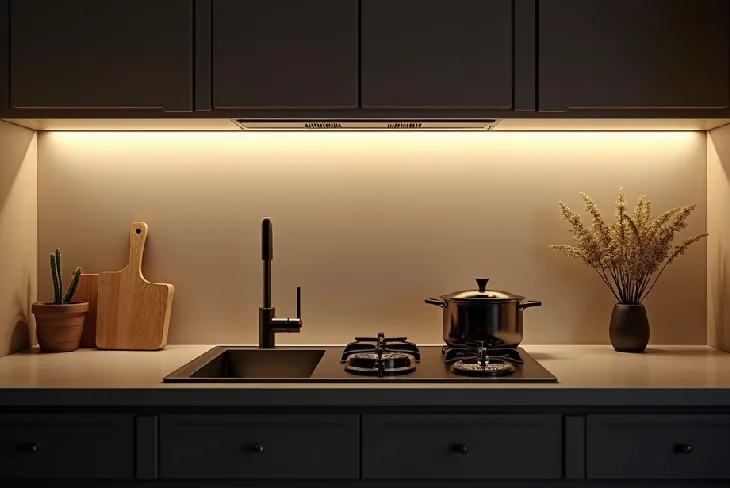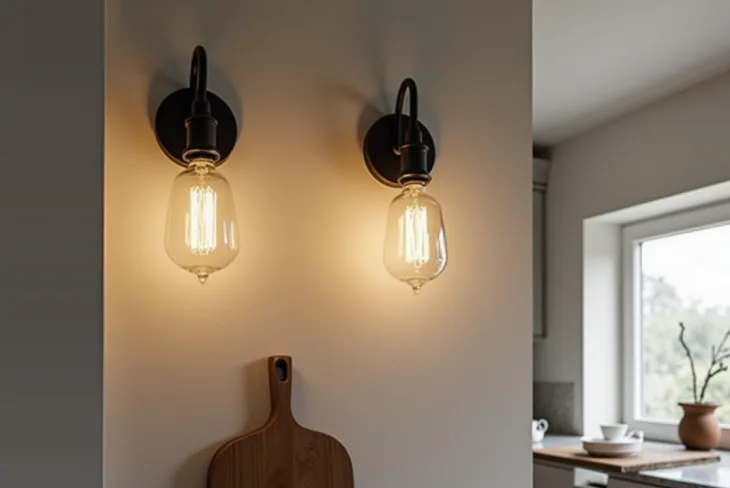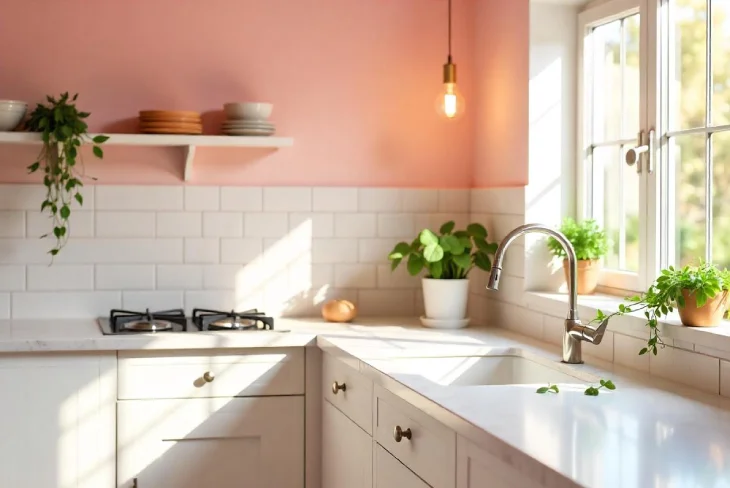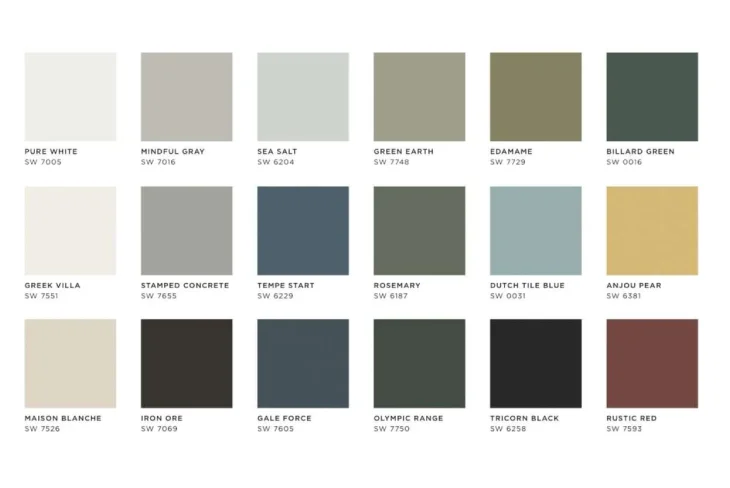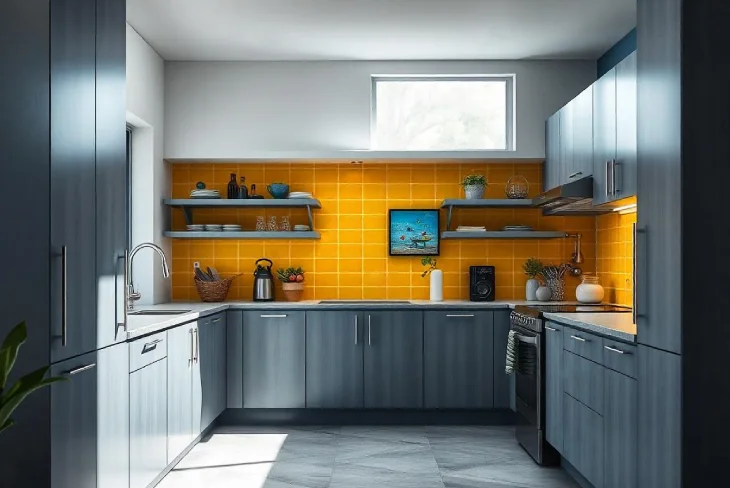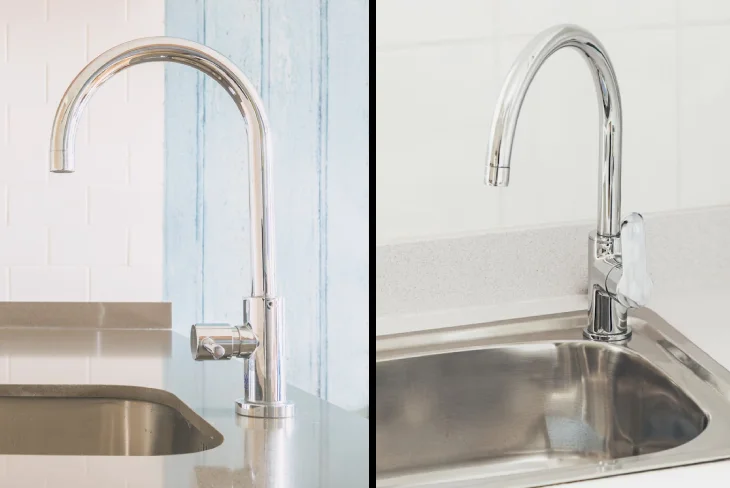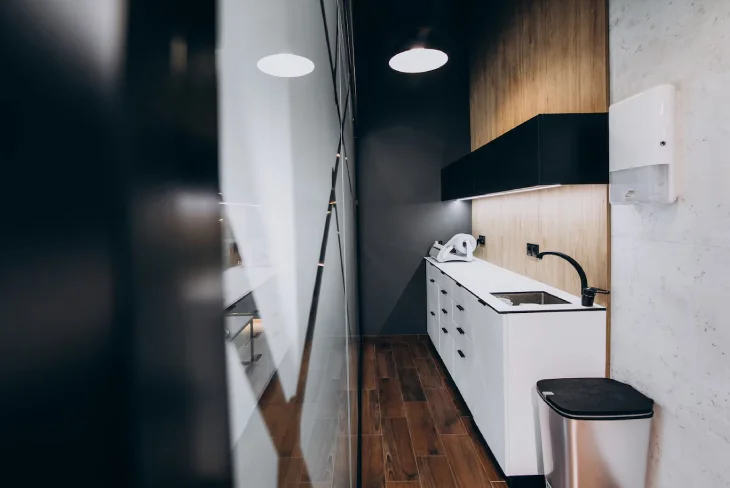Brian Cushing, the former NFL linebacker, has made quite a name for himself both on and off the field. But today, we’re not talking about his tackles or touchdowns. We’re diving into something a bit more personal – his house. Cushing’s home in Houston, Texas, is a testament to his success and taste.
Let’s take a closer look at where this football star hangs his helmet when he’s not on the gridiron.
Who is Brian Cushing?
Brian Cushing is a retired American football linebacker who spent his entire NFL career with the Houston Texans. He was a force to be reckoned with on the field, known for his aggressive play style and leadership. Off the field, Cushing has built quite a comfortable life for himself.
While we don’t have exact figures for all of Cushing’s assets, we do know that his net worth is estimated to be around $20 million. This wealth comes from his NFL career earnings, which totaled over $45 million during his nine seasons with the Texans. As for cars, yachts, and private jets, there’s no public information available. However, we do know about one significant asset – his house in Houston.
Cushing isn’t known for flaunting multiple homes or private islands. He seems to prefer a more grounded lifestyle, focusing on his family and his home in Houston. This approach aligns with his reputation as a dedicated athlete and family man.
Brian Cushing at a Glance
| Detail | Information |
|---|---|
| Full Name | Brian Patrick Cushing |
| Date of Birth | January 24, 1987 |
| Place of Birth | Park Ridge, New Jersey |
| Height | 6 ft 3 in (1.91 m) |
| Weight | 255 lb (116 kg) |
| Position | Linebacker |
| NFL Team | Houston Texans (2009-2017) |
| College | University of Southern California |
| NFL Draft | 2009 / Round: 1 / Pick: 15 |
| Career Highlights | NFL Defensive Rookie of the Year (2009), Pro Bowl (2009) |
| Estimated Net Worth | $20 million |
| Known Real Estate | House in Houston, Texas |
Where Does Brian Cushing Live Now?
Brian Cushing currently resides in Houston, Texas. He’s made this city his home since being drafted by the Houston Texans in 2009. The exact neighborhood isn’t publicly disclosed, but we know it’s in the Houston area where he bought a house in 2014.
Houston, the largest city in Texas, is known for its diverse culture, thriving economy, and of course, its love for football. It’s no wonder Cushing chose to put down roots here after his NFL career. The city offers a perfect blend of urban amenities and suburban comfort, ideal for a retired athlete and his family.
Brian Cushing House: Overview
In 2014, Brian Cushing and his wife, Megan, purchased a beautiful home in the Houston area for $2.2 million. This house isn’t just a place to live; it’s a testament to Cushing’s success in the NFL and his commitment to making Houston his home.
1. Where Is Brian Cushing’s House Located?
Cushing’s house is located in the affluent city of West University Place, a suburb of Houston. This area is known for its tree-lined streets, excellent schools, and high-end homes. It’s a popular spot for Houston’s elite, offering a perfect blend of suburban tranquility and easy access to the city’s amenities.
West University Place, often called “West U” by locals, is just a stone’s throw away from Rice University and the Texas Medical Center. It’s also close to the vibrant shopping and dining scenes of Rice Village. This location offers Cushing and his family the best of both worlds – a quiet, family-friendly neighborhood with all the perks of city living just minutes away.
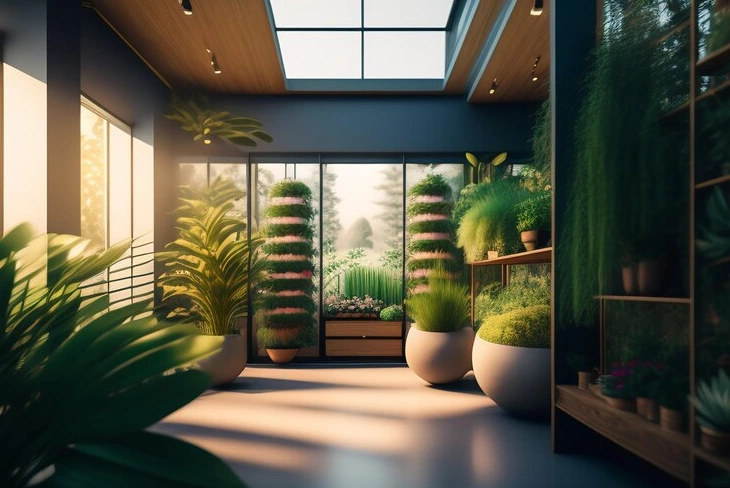
2. Features of Brian Cushing House
Cushing’s house is a stunning example of traditional architecture with modern amenities. Built in 2014, the year Cushing purchased it, the house spans over 5,400 square feet of living space. It’s a three-story home that perfectly balances luxury and comfort.
The architectural style of the house is described as Traditional, which typically means it has a classic, timeless look. These homes often feature symmetrical windows, pitched roofs, and elegant entryways. In Cushing’s case, the house likely incorporates high-quality materials and craftsmanship to create a stately appearance that fits well with the upscale West University neighborhood.
Inside, the house is designed with an open floor plan, creating a spacious and airy feel. High ceilings and large windows allow plenty of natural light to flood the rooms, enhancing the sense of space and connecting the indoors with the lush, tree-lined exterior.
3. Is Brian Cushing House Listed for Sale?
As of the latest available information, Brian Cushing’s house is not listed for sale. The Cushing family seems to have settled comfortably in their Houston home since purchasing it in 2014. There have been no reports or listings indicating that they plan to sell the property.
4. House Amenities
Cushing’s house is packed with luxurious amenities that make it a true dream home. Here’s a list of some of the standout features:
- Chef’s kitchen
- Formal living room
- Formal dining room
- Library/study
- Game room
- Wine cellar
- Spiral staircase
- Elevator shaft (to service all levels)
- Four bedrooms
- Five bathrooms
- Vaulted interiors
- Pool
- Spa
- First-floor veranda
- Second-floor covered balcony
5. Neighborhood Area
West University Place, where Cushing’s house is located, is one of Houston’s most desirable neighborhoods. It’s often referred to as a “city within a city” due to its independent government and services. The area is known for its small-town charm, excellent schools, and beautiful parks.
The neighborhood is primarily residential, filled with well-maintained homes and manicured lawns. It’s a family-friendly area with plenty of community events and activities throughout the year. The local parks, like Colonial Park and Friends Park, offer great spaces for outdoor recreation.
West U is also known for its strict zoning laws, which help maintain the neighborhood’s character and property values. This means Cushing’s investment in his home is likely to be well-protected.
For shopping and dining, residents don’t have to go far. Rice Village, a popular shopping district, is just a short drive away. It offers a mix of national chains and local boutiques, as well as a variety of restaurants.
Market Value
| Detail | Information |
|---|---|
| Build Year | 2014 |
| Purchase Year | 2014 |
| Purchase Value | $2.2 million |
| Current Estimated Value | $2.5 – $3 million (estimated) |
| House Condition | Excellent |
The exact current value of Cushing’s house isn’t publicly available. However, given the desirable location in West University Place and the general trend of increasing property values in Houston, it’s likely that the home has appreciated since its purchase in 2014. The estimated current value range is based on similar properties in the area and the overall real estate market trends in Houston.
Brian Cushing Real Estate Portfolio
While we don’t have information about other properties owned by Brian Cushing, we do know about a previous home he owned and sold.
In 2013, Cushing put his Missouri City home on the market. This Mediterranean-style estate was located in a gated, master-planned community and offered 7,000 square feet of living space. Some notable features of this home included:
- Five bedrooms
- Six bathrooms
- In-house movie theater with a wet bar
- Game room
- Media room
- Nearly 500-square-foot master bedroom
- Lakefront property
- Pool and spa
This home was listed for $1.3 million, significantly less than his current West University Place home. The sale of this property likely facilitated the purchase of his current home in 2014, allowing Cushing to upgrade to a more upscale neighborhood closer to the heart of Houston.
Conclusion
Brian Cushing’s house in Houston is more than just a place to live – it’s a reflection of his successful NFL career and his commitment to making Houston his home. Located in the prestigious West University Place, the $2.2 million property offers luxury, comfort, and a family-friendly environment. From its spacious interiors to its high-end amenities, the house is a testament to Cushing’s taste and success. While we may not know all the details about Cushing’s real estate portfolio, it’s clear that he’s made a significant investment in creating a comfortable home base in the city where he made his mark in professional football.




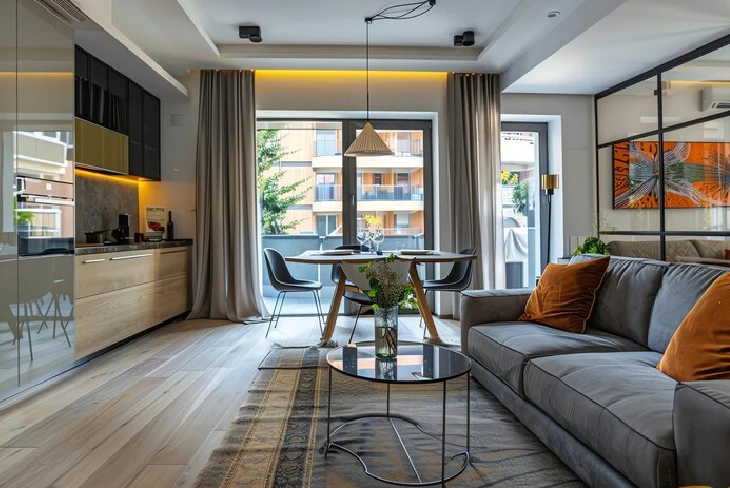


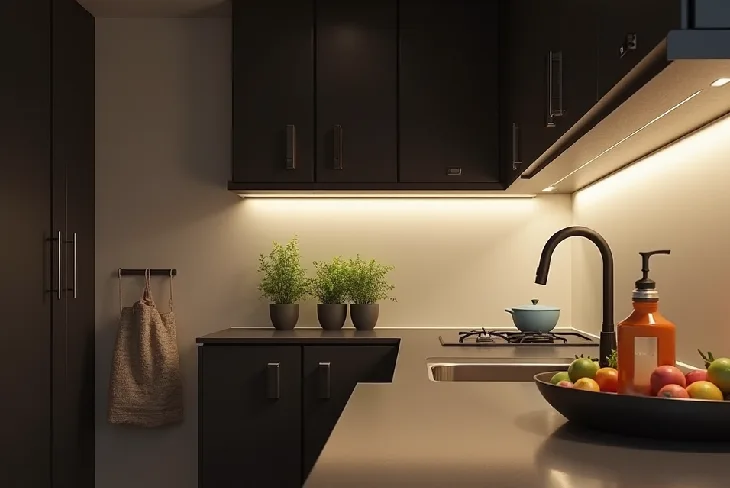
![15 Timeless Kitchen Lighting Ideas [Illuminate Your Culinary Space]](https://homewhizz.co.uk/wp-content/uploads/2024/12/Kitchen-Lighting-Ideas.webp)
